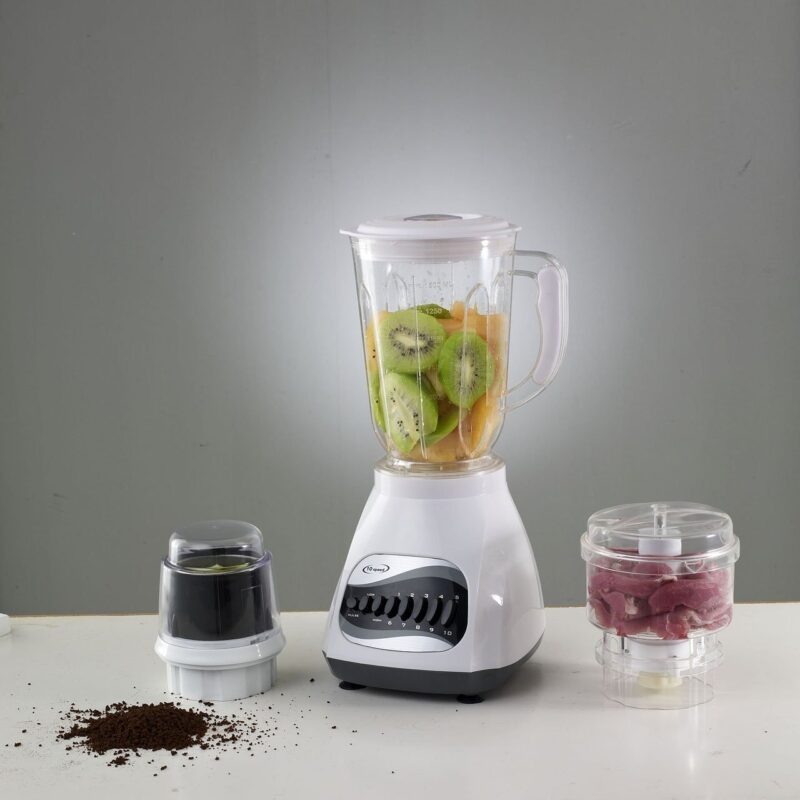The Sad Tale of Juicero: How a $400 Juicer Became the Butt of Business Jokes
November 15, 2024

In 2016, a tech startup named Juicero launched what it claimed to be the “world’s first Wi-Fi-connected juicer”. Priced at an astonishing $400, the Juicero promised a convenient and health-oriented way to consume fresh juice straight from proprietary pre-packaged packets. However, just two years later, the product was discontinued, and Juicero had been ridiculed mercilessly by both consumers and the media alike. This article explores the dubious journey of Juicero, unraveling why a product with high ambitions failed so spectacularly.
### 1. The Launch of a Revolutionary Product
Juicero was founded in 2013 by Doug Evans, who envisioned a countertop juicer that would digitally connect consumers with healthy, fresh juice. Evans, a former co-founder of the organic food brand Organic Avenue, believed that technology could merge clean eating with the convenience of modern living.
To bring his vision to life, he spent years developing the Juicero and its unique juice packs, which were packed with organic fruits and vegetables. The juicer’s primary selling point was its Wi-Fi connectivity that ostensibly allowed users to order juice packs and even check on their nutritional content.
### 2. The Price Tag
The steep price of $400 for the Juicero generated skepticism even before the product hit the market. Evans defended the pricing by arguing that the juicer was not just a kitchen appliance, but a lifestyle choice. As with any innovative product, early adopters might be willing to pay a premium for the latest technology and convenience in health. However, many potential customers were deterred by the high price point, with other juicers available for a fraction of the cost.
### 3. A Set of Hurdles
From the beginning, Juicero faced significant hurdles:
– **Dependency on Proprietary Juice Packs**: The juicer would only operate with Juicero’s specific juice packs, which cost about $5 to $7 each. Many consumers felt trapped into purchasing overpriced products just to utilize a luxury appliance.
– **Technical Glitches**: The initial launch saw many users encountering technical problems that complicated the process of making juice. The joy of homemade juice was marred by a complicated setup process and connectivity issues.
### 4. The Viral Moment
The downfall of Juicero began to escalate rapidly in 2017. In a comedic turn of events, a viral moment occurred when Bloomberg reported that the juice packets could be squeezed by hand, rendering the expensive machine redundant. The news spread like wildfire on social media, and memes flooded the internet, turning a once-prominent startup into the punchline of countless jokes.
### 5. The Downfall
Despite Evans’ insistence that the technology was essential for the perfect juice experience, Juicero announced in September 2017 that it would cease operations and shut down its production. The company ultimately faced massive financial losses and only sold around $120 million worth of products over its entire existence.
### 6. Lessons Learned
Juicero became a case study in failure for numerous reasons which serve as valuable lessons for startups and entrepreneurs:
– **Consumer Demand Analysis**: Juicero neglected to adequately assess whether consumers desired such an expensive and technologically complex juicer.
– **Market Fit**: The product failed to resonate with consumers who found it unnecessary and overpriced compared to other alternatives.
– **Transparency in Marketing**: Juicero’s marketing painted a futuristic picture that clashed with customer reality, contributing to the disillusionment.
### 7. Conclusion
The tale of Juicero, while seemingly humorous, serves as a reminder for businesses regarding the crucial aspects of consumer understanding and marketing relevance. In a digital age where health consciousness is soaring, having the right product at the right price is vital. The $400 Juicero did not meet this need, leading to its ultimate demise. Today, Juicero exists not as a testament of success but as a cautionary tale of how technology and consumer needs can sometimes clash in spectacular fashion.
As consumers continue to seek better health solutions, the importance of keeping products accessible and aligned with real-world preferences remains more critical than ever.








